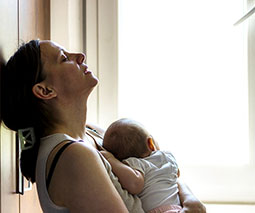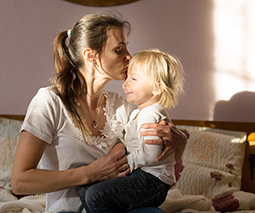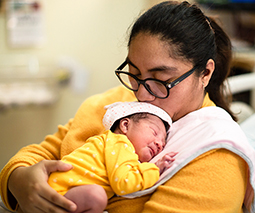Signs your child might be gender variant and how you can support them
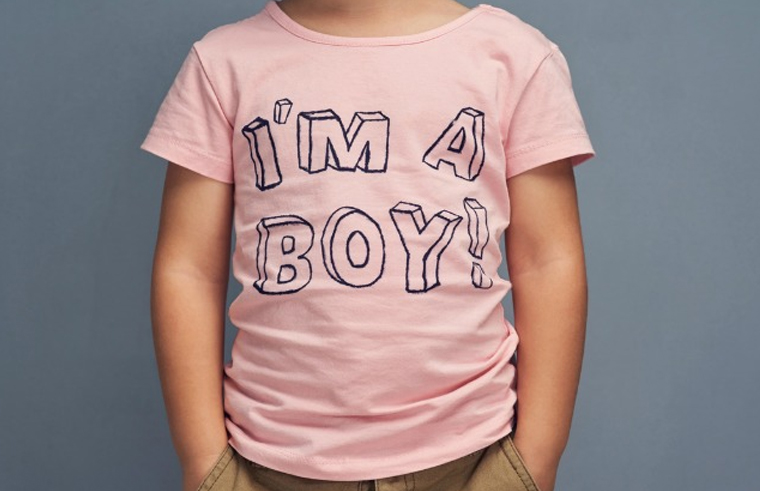
As we learn more about the concepts of gender and gender identity, many parents are coming to realise that their child may identify as ‘gender variant’ in some way. If you are one of these parents, it’s important to understand the difference between ‘sex’ and ‘gender’, and find suitable ways to support your child.
Contrary to popular opinion amongst some factions of society, gender variance is not a ‘new’ concept, with cases cited in law as far back as the 1600s. Actor Charlize Theron copped a lot of flak for allowing her six-year-old son Jackson to wear what many perceive as girl’s clothing, as did Angelina Jolie with her son John (formerly known as Shiloh), when she chose to support him wholeheartedly when he displayed gender variant behaviours at a very young age.
But they withstood the criticism and thanks to these mums and a society shift, more young children are now openly being allowed to identify as a different gender to the one they were born into.
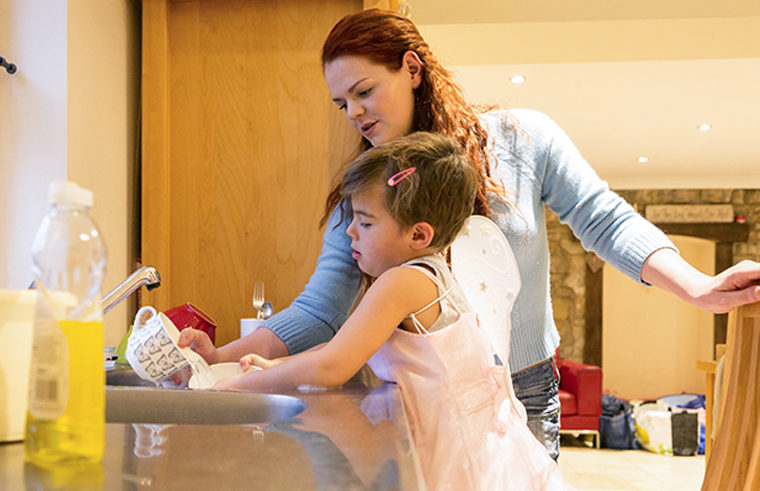
What is gender variance?
Firstly, it’s important to understand the difference between the terms ‘sex’ and ‘gender’. The term sex refers to biological and physiological characteristics, while gender refers to behaviours, roles, expectations, and activities within society.
Gender variance (also known as gender nonconformity or gender diversity) is when an individual behaves or expresses their gender in a way that doesn’t match what is typically expected for someone of their biological sex – i.e. ‘male’ or ‘female’. While being gender neutral or ‘non-binary’ (which is when someone doesn’t identify with either gender) can be counted as part of the spectrum of gender variance, some children very openly identify with the opposite gender to their sex – this is generally known as being ‘transgender’.
Children can show signs of being gender variant as early as the toddler years; which for a lot of parents can be quite confusing.
To help understand gender variance and the best ways for parents to help young children showing signs of gender variance, we spoke with Dr. Elizabeth Riley, a Sydney-based counsellor and clinical supervisor specialising in gender identity.
It can start at an early age
According to Dr. Riley, around one percent of all school children are gender diverse – so that’s half a dozen children in any school with 600 students.
In many cases children don’t ‘work it out’ until they’re at school – they might choose to ignore it, hoping that one day they will wake up and be different; or perhaps puberty prompts them to realise their body is developing in a direction they’re not comfortable with; while for others, the signs can appear a lot earlier than this.
“A very young child is not likely to know the words or terms, however young children compare their likes and likenesses with others and may realise at some point that their body parts are different to their friends, or not understand why people keep referring to them as ‘she’ when they see themselves as a ‘he’,” says Dr. Riley.
“The child also may not have any awareness about their differences in gender identity or expression; rather, some parents recognise the signs and seek support to raise a gender variant child,” she adds.
Signs your child might be gender variant
Dr. Riley says that sometimes parents who recognise gender variance in young children say their child has always been that way from the time they could communicate. So what actually are the signs in toddlers and preschoolers?
Here are two of the main indicators (although it doesn’t always mean they will become gender variant):
- The child insists on being referred to by a particular name and pronouns congruent with their gender identity
- They have a genuine interest in particular clothes, accessories, toys or activities typical of the opposite sex, or an aversion to those reflective of their naturally-assigned gender
Could it just be a phase?
Quite possibly, or perhaps they just have a keen interest in things that aren’t stereotypical to their gender. However, according to Dr. Riley, when your child can demonstrate or verbalise their own gender identity as being their non-natal assigned ‘sex;’ and this self identification is insistent, persistent and consistent, or they’re distressed by gender pressure to conform, then it’s likely they are gender diverse.

Watch and let them be
When children are very little, Dr. Riley believes that it’s healthiest to allow your child to just be themselves in their expression and preferences while you allow and observe, rather than putting a label on it.
“Gender differences are naturally occurring and intervention is only warranted if the child is becoming anxious, secretive, distressed or developing some other emotional defence or behaviour,” she says.
Other ways to help your child
Dr. Riley says the attitude of families and the personality of a child have significant impacts on whether the child feels safe and comfortable enough to speak up or assert their identity, expression or preferences.
Here are some other ways to support your potentially gender diverse young child:
- Don’t oppose their gender expressions or behaviours, or act negatively towards your child because of them – acceptance and a willingness to try and understand is the key to their happiness.
- Don’t treat them any differently to any other children you might have – love them unconditionally.
- If your child is suffering emotionally in response to their gender identity, seek professional support for yourself as the parent so that you can, in turn, support your child appropriately.
- Don’t rush to take your young child to see specialists – children shouldn’t be forced to examine their gender through games or any other means, or be made to feel there is something ‘wrong’ with them.
- If your child is suffering due to pressure to conform, and their gender identity doesn’t align with their naturally-assigned gender and is insistent, persistent and consistent; then a ‘social transition’ could be discussed for a future date, such as when they start school.
How to address it with others
Family and friends are more likely to be supportive if they understand and have correct information about differences in gender identity, so point them in the direction of various books and online resources which cover this. Another option is for family members to see a professional who can answer questions and offer support.
In the instance of carers and teachers, a conversation between yourself and them is the best place to start to avoid any misunderstandings or negative impact on your child. Many educators now also undertake training on gender identity to learn the most appropriate responses and approaches.
Changing the mindset
Although we’ve come a long way in terms of understanding and accepting gender variance, as Charlize and Angelina would probably agree, there’s still more work to be done with regards to support and education.
“Without support, children become anxious, fearful and frightened,” says Dr. Riley. “Their self-esteem drops, their ability to concentrate suffers, and without the language to communicate their feelings they may simply withdraw. The mental health of transgender children improves substantially when they’re supported in their gender identity.”
Ultimately, Dr. Riley believes that more education in preschools and schools via things such as children’s books about gender diversity, will help children know there is a language for their feelings and that they’re not alone.
“We need society to come to a place where there’s recognition that some children born with male anatomy are girls, and some children born with female anatomy are boys.”
For more information on gender variant children and support available to parents, head to www.genderhelpforparents.com.au or speak to your GP. For more details on Dr. Elizabeth Riley head to: www.peoplesmart.net.au.

